The Predictive Revolution Every Attorney Needs To Be Aware Of
The future of legal practice is transforming how attorneys approach case valuations, and the predictive revolution is already here. Imagine walking into a courtroom in 2040 where every legal argument is backed by mathematical certainty, where case valuations hit their mark with surgical precision, and where settlement negotiations begin with both sides knowing the statistical probability of every possible outcome.
However, that future isn’t decades away. Moreover, it’s happening now in select New York law offices. As a result, the gap between early adopters and traditional practitioners is widening every day.
Attorney’s Today’s Reality vs. Tomorrow’s Promise
Consider what happened last October when New York’s Second Department increased a personal injury award from $100,000 to $400,000, declaring the original amount a “material deviation from reasonable compensation.“
In contrast, picture this scenario in tomorrow’s legal landscape. Initially, before that case even reached the trial court, predictive analytics would have identified the deviation risk. The initial assessment would have landed within $50,000 of the appellate court’s final determination.
No surprises. No material deviations. Just precise, data-driven clarity from day one.
This isn’t science fiction. It’s an automated case assessment. The reality that forward-thinking legal teams are creating today.
Transforming Legal Practice
While most attorneys still navigate complex personal injury cases that involve multiple parties, extensive discovery processes, and intricate liability theories, a select group of practitioners is already operating in tomorrow’s paradigm.
In the traditional approach, complex liability cases consume enormous resources as attorneys manually research precedents, develop legal theories, and negotiate discovery disputes spanning months. Teams spend weeks analyzing technical evidence, safety regulations, and comparative negligence standards across multiple defendants. The inefficiency is staggering, but accepted as inevitable.
Tomorrow’s legal practice eliminates this inefficiency entirely. Predictive platforms instantly identify relevant precedents, calculate liability probabilities, and recommend optimal strategic approaches. What once required a team of attorneys working for months now takes a single practitioner working for days—with dramatically superior accuracy.
The Economic Revolution
The financial transformation is equally dramatic. Today’s legal economics trap firms in a cycle of time-based billing that rewards inefficiency. A mid-size New York firm currently spends $825,000 annually on manual case assessments, with 88% of those costs representing wasted effort due to systematic inaccuracies.
In contrast, the future legal economy operates on value-based precision. Additionally, firms utilizing predictive analytics report $725,000 in annual cost savings. Meanwhile, they simultaneously increase revenue through confident contingency work.
The same caseload that generates $7 million through traditional hourly billing yields $8.9 million when backed by mathematical certainty- only a $1.94 million annual revenue lift.
But the real transformation goes deeper than dollars. It’s about fundamental practice evolution.
From Reactive to Prophetic
Today’s attorneys react to legal developments. Tomorrow’s legal professionals predict them.
Consider client communications in today’s paradigm. Attorneys hedge every prediction with cautious language: “Based on my experience…” or “Similar cases suggest…” or “We believe there’s a reasonable chance…”
In tomorrow’s legal practice, client meetings begin differently: “Our analysis of 2,847 comparable cases indicates a 73% probability of success, with expected damages ranging from $340,000 to $520,000, and an estimated resolution timeline of 14-18 months.” Clients hear confidence backed by data. They understand exactly what they’re buying.
The Platform Revolution
This transformation isn’t happening through gradual evolution—it’s arriving through revolutionary technology that processes vast legal databases using advanced AI algorithms. Financial markets execute millions of trades per second using computational power. Similarly, this same technology now brings mathematical precision to legal case evaluation.
Will Your Attorneys Lead the Predictive Revolution?
The legal industry stands at its iPhone moment. Just as smartphones transformed communication, predictive analytics is transforming legal practice. The question isn’t whether this change will occur—it’s whether your firm will lead the transformation or scramble to catch up.
Early adopters are already building tomorrow’s practices today. They’re reducing onboarding errors through mathematical precision, pricing services with clarity rather than educated guesswork, and making risk-based decisions at scale with confidence their competitors can’t match.
The competitive moat is widening daily. Firms operating with predictive analytics deliver faster results, higher accuracy, and clearer value propositions. Their clients experience superior service while their attorneys work more efficiently and profitably.
Your Future Starts Now
The technology that powers tomorrow’s legal practice is available today. The 85% accuracy rates, the million-dollar revenue lifts, the operational efficiencies—all achievable immediately for practitioners bold enough to embrace the future.
The legal industry’s transformation is accelerating. Market leaders are emerging. Competitive advantages are crystallizing.
Industry leaders including Law.com and Legal Tech News consistently report on the accelerating adoption of predictive analytics across major law firms.
The future of legal practice isn’t coming—it’s here. The only question is whether you’ll help create it or watch others build the tomorrow you could have owned.


